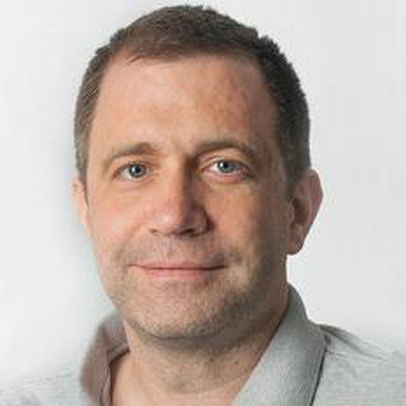|

|
Prof. Dimitrie Culcer
School of Physics
University of New South Wales, Australia
Email: d.culcer@unsw.edu.au
|
Abstract: Quantum dot quantum computing architectures rely on systems in which inversion symmetry is broken, and spin-orbit coupling is present, causing even single-spin qubits to be susceptible to charge noise. I will discuss the combined action of noise and spin-orbit coupling on a single-spin qubit and identify the mechanisms behind dephasing. I will use this to discuss estimates of the free induction decay dephasing times T2* for common materials such as Si and GaAs, as well as materials with strong spin-orbit coupling, such as InAs and InSb, which have been proposed for EDSR. Dephasing is driven by noise matrix elements that cause relative fluctuations between orbital levels, which are dominated by screened whole charge defects and unscreened dipole defects in the substrate. Dephasing times T2* differ markedly between materials, and can be enhanced by increasing gate fields, choosing materials with weak spin-orbit, making dots narrower, or using accumulation dots.
About the Speaker: Prof. Culcer received his both Bachelor and Master degrees in physics from University of Oxford in 2000 and his Ph.D. in physics from University of Texas at Austin in 2005. After working as a postdoctoral researcher at Argonne National Laboratory and University of Maryland at College Park, he became a professor at University of Science and Technology of China in 2010. Since 2013 to present, he has been a Senior Lecturer in the University of New South Wales.
Date&Time: December 11, 2014 (Thursday), 10:00 - 12:00 a.m.
Location: 606 Conference Room


